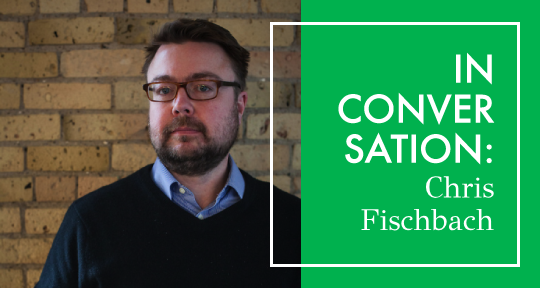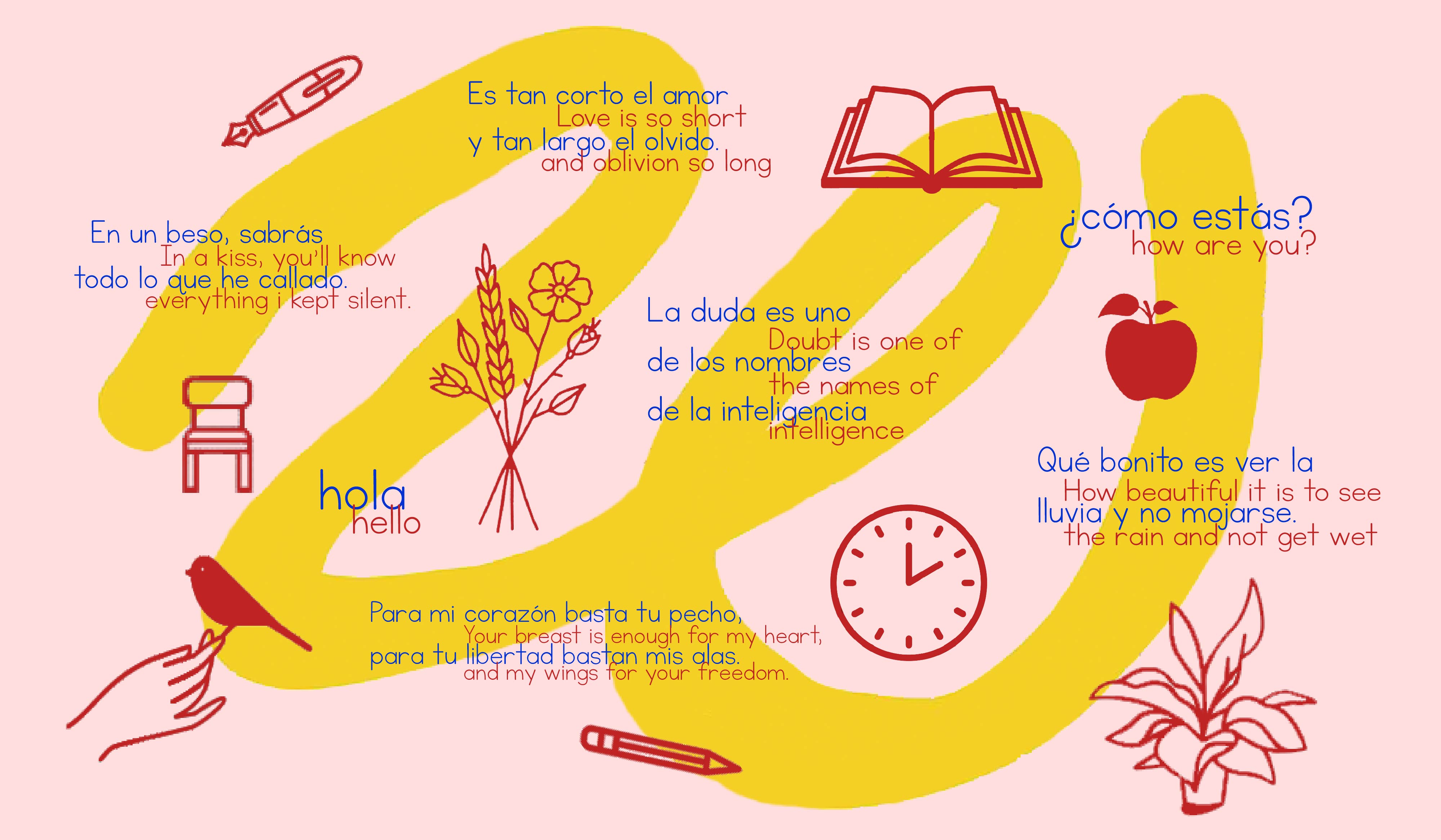Coffee House Press is an independent publisher of fiction, poetry, and essays. Since 2014, with the publication of Faces in the Crowd and Sidewalks by Mexican author Valeria Luiselli (translated by Christina MacSweeney), the press has sought out authors from Latin America and farther abroad. Coffee House Press is also a nonprofit organization that collaborates with artists on Books in Action projects that expand the relationship between reader and writer. Over email, Chris Fischbach, CHP’s publisher, and Sarah Moses, Asymptote’s Editor-at-Large for Argentina, discussed the press’s interdisciplinary collaborations, how they discover books by Latin American authors, and some of the titles in translation readers can check out.
Sarah Moses (SM): How did Coffee House Press come to be?
Chris Fischbach (CF): We were founded by Allan Kornblum in the early 1970s in Iowa, and we were purely a letterpress venture back then, publishing poets from both Iowa and from the New York School, where Allan had moved from. In the early 1980s, Allan moved the press to Minneapolis, where it became the first press-in-residence at the Minnesota Center for Book Arts. A couple years later, we incorporated as a nonprofit, became Coffee House Press, moved down the street, and started publishing trade editions (fiction and poetry) as well as continuing our letterpress work. I joined the press as a letterpress intern in December of 1994 and was hired as an editorial assistant in August of 1995. I became publisher in 2011.


